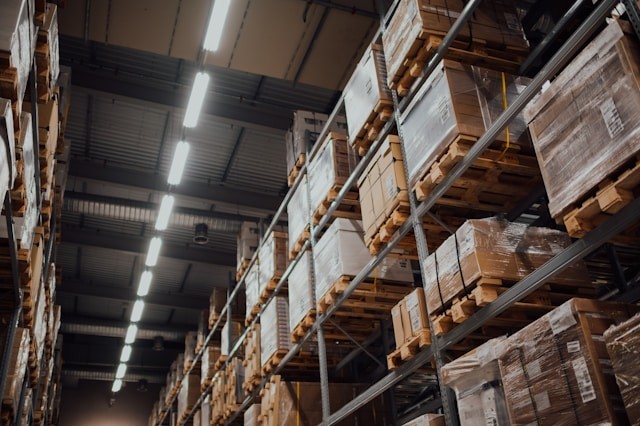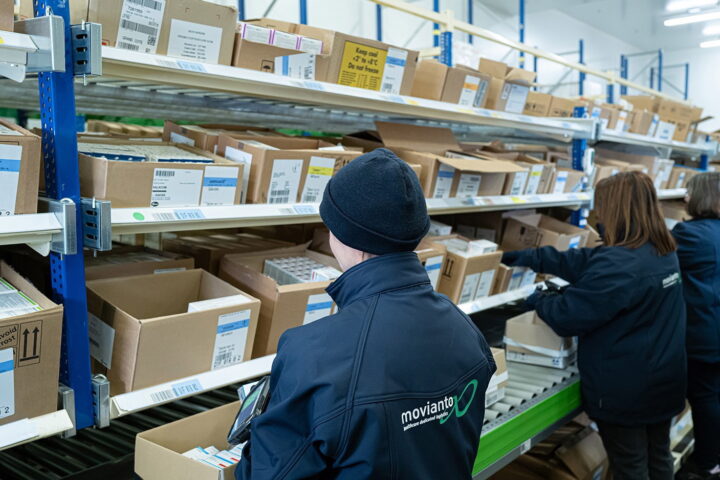 This week’s headlines reveal a logistics industry caught between two worlds: one still hampered by legacy systems and regulatory bottlenecks, and another rapidly evolving into a landscape defined by real-time orchestration, intelligent automation, and hardened digital trust.
This week’s headlines reveal a logistics industry caught between two worlds: one still hampered by legacy systems and regulatory bottlenecks, and another rapidly evolving into a landscape defined by real-time orchestration, intelligent automation, and hardened digital trust.
The transformation begins at the warehouse. As outlined in “Eight Capabilities Shaping the Next Generation of WMS”, modern Warehouse Management Systems (WMS) are no longer just inventory trackers—they’re becoming control towers. The next-gen WMS incorporates AI-driven optimization, no-code customization, and unified visibility across networks. Crucially, they now orchestrate humans and machines alike, bridging the growing automation-labor divide.
But inside the distribution center is just the start. “The Data-Driven Supply Chain: AI, Cybersecurity & Real-Time Monitoring” dives into how AI is reshaping entire ecosystems—from predictive replenishment to anomaly detection. Exception management, forward-deployed fulfillment, and dynamic inventory allocation are giving agile firms an edge. Still, siloed data and legacy ERP platforms limit many organizations from realizing AI’s full potential.
Cybersecurity and data governance, meanwhile, are no longer optional. With recent breaches still fresh in memory, logistics providers are deploying Zero Trust frameworks and encrypted APIs to secure their growing network of digital interfaces. A single exposed API could compromise everything from customs clearance to asset tracking.
Tariffs, however, are now the unexpected disruptors driving technological urgency. In “Tariffs Are the New Normal: Boardrooms Are Finally Demanding a Pivot to Real-Time Supply Chain Orchestration”, Kinaxis’ Mark Morgan explains how tariffs have become a constant, catalyzing a shift from batch planning to real-time orchestration. Boards are demanding resilience—not as a buzzword, but as a line-item performance metric. Simulation tools powered by AI now model hundreds of trade and sourcing scenarios in minutes, helping firms proactively dodge margin erosion. Speed isn’t a luxury anymore—it’s a boardroom mandate.
But while AI gives, policy takes. A sobering analysis in “The Policy Paradox: How US Tariffs and Tax Credits Risk Inflating Power Costs and Delaying the Energy Transition” reveals a self-inflicted dilemma: U.S. trade policy is raising the costs of batteries and renewables just as clean energy is needed to support exploding power demands from data centers and EVs. The tools to decarbonize are here—but we’re making them too expensive to deploy.
Amid all this uncertainty, one technology is quietly maturing: blockchain. In “Blockchain for Transparent and Secure Supply Chains: 2025 Update”, real-world use cases from Renault, Home Depot, and IBM show how blockchain is moving from theory to infrastructure. It’s reducing counterfeits, ensuring provenance, and delivering trust in environments where compliance and traceability are non-negotiable. But adoption still requires interoperability, governance, and mindset change.
Finally, “Smart Packaging & IoT Shipment Monitoring: What’s Working and What’s Not” shows how IoT sensors are unlocking real-time condition monitoring in high-risk shipments—pharma, electronics, and luxury goods. But the real challenge? Turning that data into action. Without deep integration into systems like TMS or ERPs, dashboards remain decorative instead of decisive.
In sum: The logistics leaders of 2025 aren’t just digitizing—they’re orchestrating. And the real winners? Those who turn disruption into an advantage before it even hits.












